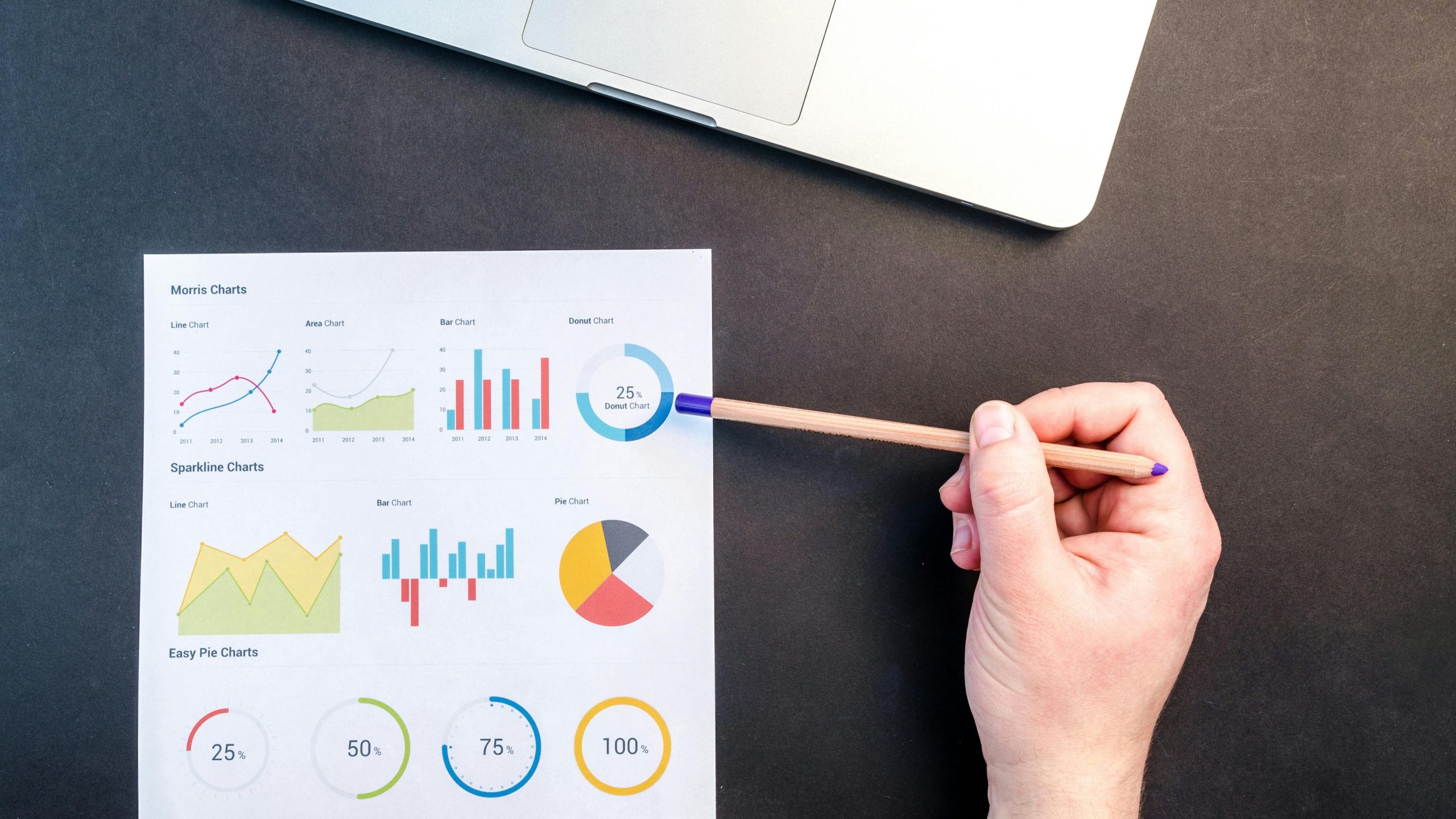
Why Figures Are Important In Academic Research
Figures are highly important components of academic research. They attract readers to your research and allow them to visualise difficult concepts much quicker than through textual information.
In this article, we take a look at why figures are important in academic research and how to use them effectively, as well as the impact of figure editing services.
Why are figures important?
Figures convey lots of complicated data in a digestible format. They significantly benefit scientific research in several ways.
1. Ease of understanding
Reading complicated academic material can feel daunting, especially for someone who isn’t a researcher in the field. Figures compress complex information into an easy-to-understand visual aid.
Instead of poring over paragraphs of abstract concepts, which could yield many different interpretations from author to author, figures simplify the information into an unambiguous graphic. This leaves much less room for misinterpretation and acts as a point of reference for readers—it supplements the textual information and ensures faster comprehension.
2. Engage and attract readers
Many readers will skim through the main sections of a paper before deciding if they will read it in full. In addition to the abstract, introduction, and conclusion, clear and visually appealing figures could attract readers and convince them to take the time to understand your work.
Simplifying the most important results or concepts provides a framework that the reader can refer to throughout. If they can understand your figures, they are much more likely to engage with the rest of your research. This means that your work is more accessible to the general public and also encourages more multidisciplinary collaboration.
3. Convey professionalism and authority
Well-designed, comprehensible figures also show that you’ve taken care in the communication of your research. This not only makes your work look more professional, but it also makes the reader place more trust in you as a researcher.
Taking the time to ensure that the visual elements of your research are as clear and straightforward as possible shows the audience that you care about their understanding. And it thus follows that your research is important and deserves to be understood by a wide audience.
When should you use figures?
Many journals have a limit on the number of figures that can be featured in a paper. It is thus of the utmost importance that you make sure that you use them judiciously.
Figures should be reserved for your most significant findings or the concepts that are the most difficult to visualise or comprehend. You should always ask yourself: Can I explain this easily in text or not? If the answer is no, and it would take more than a couple of lines or a paragraph of text, then a figure will likely benefit the paper.
They should also not be used to introduce new information; they should be used as a visual aid to back up arguments or clearly display data. They add value by further clarifying areas of your research and ensuring accuracy of interpretation.
In short, a figure’s purpose must be clear: Does it actually help to support your points? Is it a representation of something that is fundamentally important for understanding your work? Does it clearly and unambiguously showcase the relevant data or arguments?
If you can answer these comfortably, then it is likely that the figure adds value to your research.
Benefits of figure editing
Many authors use figure editing services to help them communicate their findings. This benefits them in a number of ways.
1. Saves time
The most obvious benefit, perhaps, of choosing to use figure editing services is that you can spend the time you would otherwise be spending refining your figures on other areas of your research.
The process of publishing a paper can be long and arduous; professional figure editing gives you more room to accomplish other tasks and manage your workload more easily.
2. Compliance with guidelines
As well as saving time, figure editing also offers peace of mind with regard to complying with publication standards and conventions. Using this service guarantees that your figures will meet the criteria for the journal you’re publishing in, thus preventing any chance of your paper being sent back by editorial staff for not meeting the layout criteria.
3. Clear presentation
As mentioned before, ensuring your figures are clear and unambiguous lends your work a high level of professionalism. This improves the impact and potentially the reach of your work, as it will look more authoritative to a reader and be easier to comprehend.
Should I opt for figure editing?
On the whole, figure editing is beneficial to all authors and researchers. It helps reduce stress during your publication journey and also ensures that your research looks its absolute best upon publication. This improves the visual impact of your work and helps ensure that your research is understood and perceived positively by a wide audience.
MDPI Author Services now offers figure editing services to researchers who want to improve the visual impact of their research. We produce publication-ready figures that clearly communicate your research to readers. Completed in one business day from payment.
Get a free quote at the link above.











